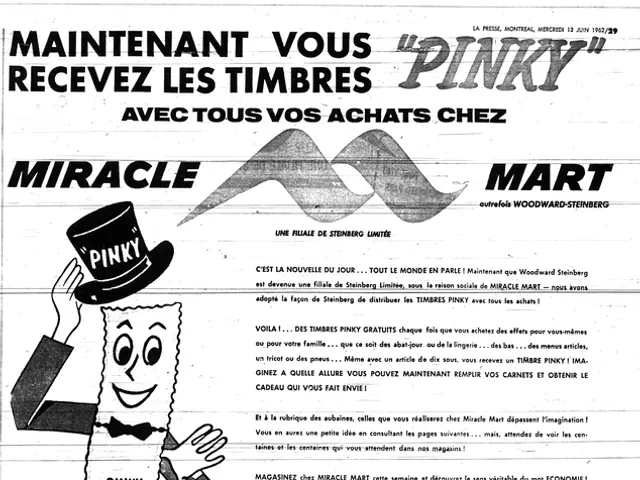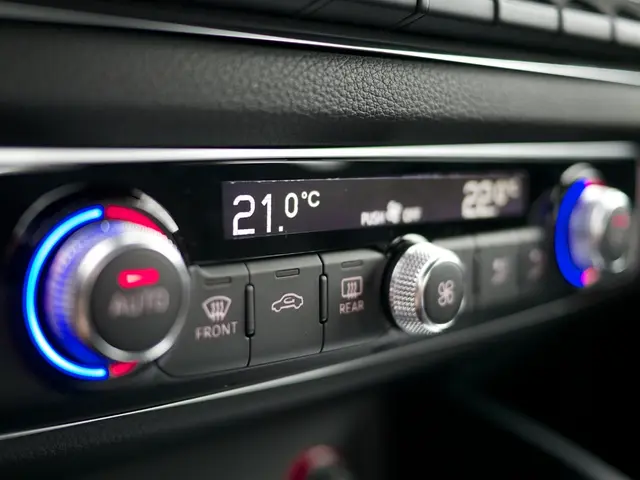Comparative Analysis: Vaonis Vespera II vs Seestar S50: A Brief List of Advantages and Disadvantages
In the realm of smart telescopes, two standout models are the Vaonis Vespera II and the ZWO Seestar S50. Both are designed for deep sky imaging and astrophotography, catering to a wide range of enthusiasts, from beginners to experienced astronomers.
### Vaonis Vespera II
The Vaonis Vespera II, a premium smart telescope, boasts a higher resolution of 8.3 megapixels, providing crisp, detailed images. Weighing approximately 5 kg (11 lb), it is relatively portable for astrophotography outings. The Vespera II is equipped with a user-friendly interface, automated features, and advanced astrophotography capabilities, such as auto-image processing and stacking, making it suitable for both beginners and experienced enthusiasts.
However, the Vespera II has a few drawbacks. It has a 4-hour battery life, which may limit extended imaging sessions, and a smaller aperture compared to some other models, potentially affecting deep sky imaging. Additionally, its higher price point of approximately $1,590 might be a deterrent for budget-conscious buyers.
### ZWO Seestar S50
On the other hand, the ZWO Seestar S50 is a more budget-friendly option, priced at $499. Weighing just 2.5 kg (5.5 lb), it is smaller and lighter than the Vespera II, making it ideal for travel and beginners. The Seestar S50 features a user-friendly app, auto-centering, and image stacking, making it easy to capture astrophotographs.
Despite its affordability, the Seestar S50 has some limitations. It uses a 2MP sensor, which may not capture as much detail as higher-resolution models like the Vespera II. While suitable for beginners, it may not produce the high-resolution deep-sky images that more advanced models offer.
In conclusion, the Vaonis Vespera II offers superior resolution and automated features, making it suitable for enthusiasts seeking higher-quality astrophotography. However, it is more expensive and has a shorter battery life. The ZWO Seestar S50 is ideal for beginners on a budget, offering ease of use and portability, although it compromises on resolution and advanced imaging capabilities.
Both telescopes can be purchased from various retailers, including ZWO/SeeStar and Amazon. For more information, check out related content on best smart telescope comparisons, individual reviews of the ZWO Seestar S50 and Vaonis Vespera II, and comparisons involving the Seestar S50 and Vespera II on the Vaonis website and the Seestar official website.
Anthony Robinson, the founder and owner of Skies & Scopes, a publication and community focused on amateur astronomy and astrophotography, wrote this article. His work has been featured in various publications, including Amateur Astrophotography, Forbes, the Guardian, DIY Photography, PetaPixel, and Digital Camera World. You can find him on Instagram, LinkedIn, and Bluesky.
[1] Weight and dimensions based on the manufacturer's specifications. [2] Price based on the manufacturer's suggested retail price. Actual prices may vary.
- Despite the ZWO Seestar S50's lower price and lightweight design, it uses a 2MP sensor, which may not capture as much detail as higher-resolution models like the Vaonis Vespera II.
- The user-friendly interface, automated features, and advanced astrophotography capabilities of the Vaonis Vespera II make it suitable for both beginners and experienced astronomers, but its higher price point of approximately $1,590 might be a deterrent for budget-conscious buyers.
- The ZWO Seestar S50's mobile app, auto-centering, and image stacking features make it easy to capture astrophotographs, making it an ideal choice for travel and beginners, although it may not produce the high-resolution deep-sky images that more advanced models offer.
- The Vaonis Vespera II and the ZWO Seestar S50 are two standout smart telescopes designed for deep sky imaging and astrophotography, and both can be purchased from various retailers, including ZWO/SeeStar and Amazon.







